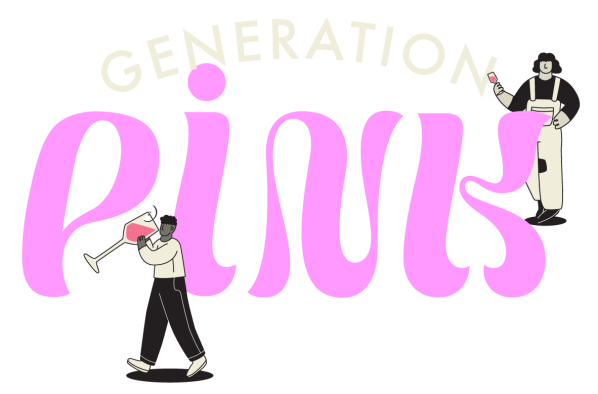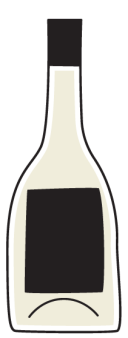

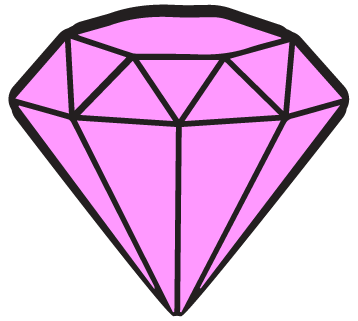




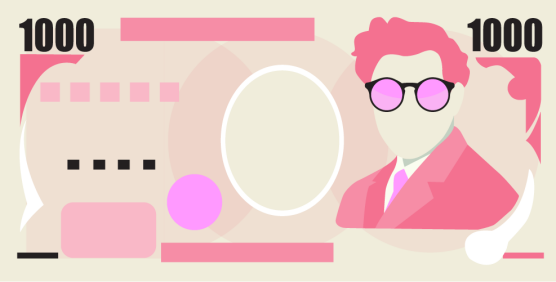


OUR
ADVICE

OUR
ADVICE

OUR
ADVICE

OUR
ADVICE

Pink sparkling wines are trending

Pink is going premium

More than just a beer garden tipple

Rosé drinkers
spend more
on wine
WHAT WE KNOW
ABOUT ROSÉ in


[1]
PROOF Insight, CGA OPM 52 weeks to 09.09.23
[2]
Wine Anorak -
Rosé Revival
[4]
Seven Fifty -
Predicting the Future
of Rosé Wine
[5]
CGA - Wine
Insight Report
2024
To help you make the most of this rosé opportunity in 2024, we’ve put together a selection of rosés from our range that are perfect for drawing in the millennial and Gen Z crowd.
21% of wine drinkers now typically drink sparkling rosé which beats champagne at 19%. While prosecco consumption is still ahead, at 37%, the gap is closing with 23% of sparkling rosé drinkers choosing it more often than last year [5].
For several years we’ve seen a trend for wine premiumisation, with customers increasingly drinking less often but opting for better quality wines in the on-trade. This is particularly true for the rosé category, with an 18.9% growth in premium rosé compared to 7.7% for premium reds and 10.2% for premium whites [5]. Young people are already more likely to perceive rosé wines as good value for money [4], suggesting that they are primed to spend a little more to get a higher quality product. This provides an excellent opportunity to improve margins on wine sales by offering customers more premium options. An elegant Provence rose is a great choice for a premium option, as the style grows in popularity and continues to take marketing share from sweeter styles like White Zinfandel [1]
Rosé wines have an obvious appeal during the warmer months when consumers are looking for chilled, lighter drinks to enjoy in the sunshine. However, while pink wines are certainly more popular during the summer months, 56% of rosé drinkers say they enjoy the category all year round. What’s more, according to CGA, 72% of rosé drinkers say that they consider it suitable for all occasions with 42% saying they enjoy it alongside food, 9% higher than all other wine categories [5].
CGA’s 2024 Wine Influence report suggests that rosé drinkers spend on average £126 a month in the on-trade, £10 more than wine drinkers generally [5]. This is a great reason to think carefully about your rosé range, especially if you’re looking to attract young, affluent customers into your venue as, even though rosé sells well across all UK consumers, they are the most likely to pick pink.
Given the powerful draw of rosé wines for younger wine consumers, it’s crucial to get this category right for any venue looking to attract a youthful crowd. To do this we need to look behind the sales data to understand what is driving the trend and how the UK on-trade can best capitalise on the boom.
OK, IT'S OFFICIAL:
the trend for rosé is here to stay.
Anyone keeping an eye on wine sales in the UK will be aware of the incredible growth in the category since the early 2000s, driven both by increased consumer interest and a growing supply of high-quality pink wines supported by powerful marketing from some of the world’s most recognisable wine brands. According to our partners at PROOF Insight, rosé wine has bucked the trend of other wine categories with significant growth in volume sales across the on-trade [1]
In great news for the industry, rosé drinkers are often recruited from categories other than wine, meaning that rosé sales help to expand the consumer base rather than cannibalise market share of red, white, and sparkling wines [2].
It’s not surprising that young people are particularly drawn to the category [3] as rosé wines frequently have other characteristics that we know appeal to millennial and older Gen Z consumers, like bold and interesting packaging, a perceived value for money (4) not to mention the insta-worthy visual appeal of the wine itself. Check out our page on what young people want from their wine to learn more about what drives young consumers to spend on wine in the on-trade.


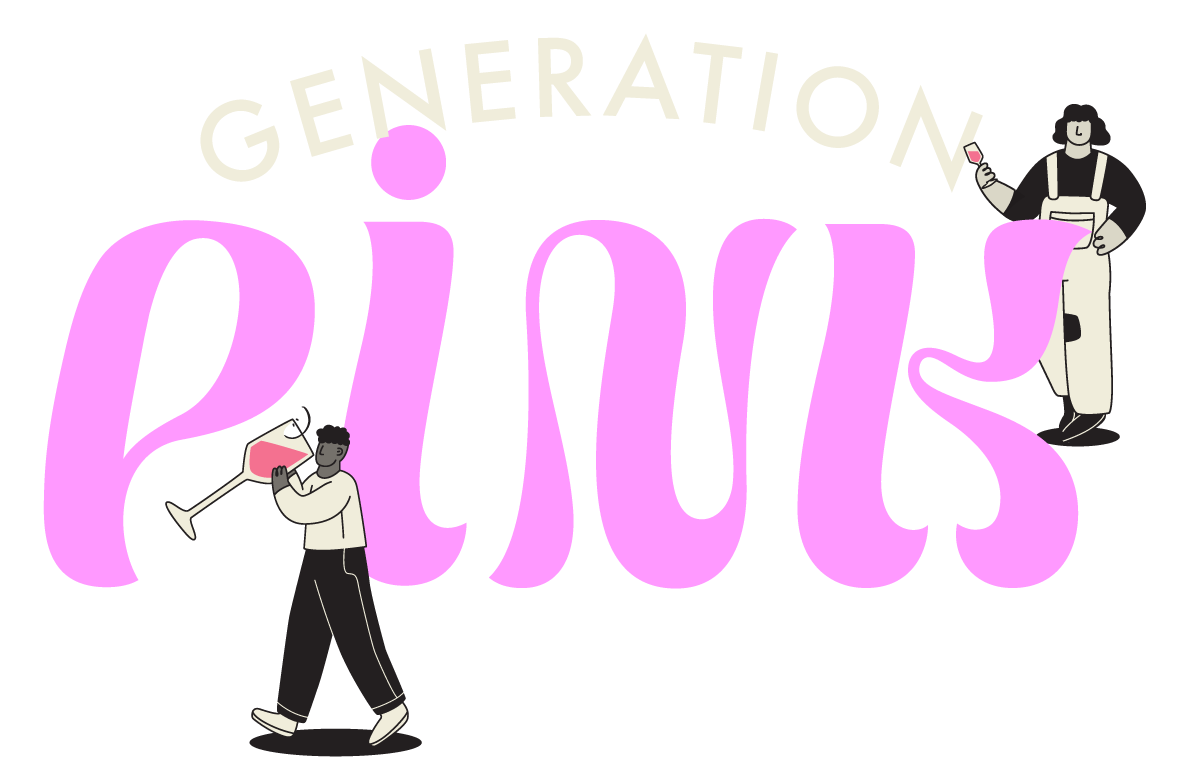

[1]
PROOF Insight, CGA OPM 52 weeks to 09.09.23
[2]
Wine Anorak -
Rosé Revival
[4]
Seven Fifty -
Predicting the Future
of Rosé Wine
[5]
CGA - Wine
Insight Report
2024
To help you make the most of this rosé opportunity in 2024, we’ve put together a selection of rosés from our range that are perfect for drawing in the millennial and Gen Z crowd.

OUR
ADVICE



Pink sparkling wines are trending
21% of wine drinkers now typically drink sparkling rosé which beats champagne at 19%. While prosecco consumption is still ahead, at 37%, the gap is closing with 23% of sparkling rosé drinkers choosing it more often than last year [5].

OUR
ADVICE
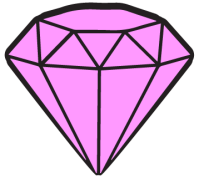


Pink is going premium
For several years we’ve seen a trend for wine premiumisation, with customers increasingly drinking less often but opting for better quality wines in the on-trade. This is particularly true for the rosé category, with an 18.9% growth in premium rosé compared to 7.7% for premium reds and 10.2% for premium whites [5]. Young people are already more likely to perceive rosé wines as good value for money [4], suggesting that they are primed to spend a little more to get a higher quality product. This provides an excellent opportunity to improve margins on wine sales by offering customers more premium options. An elegant Provence rose is a great choice for a premium option, as the style grows in popularity and continues to take marketing share from sweeter styles like White Zinfandel [1]

OUR
ADVICE



More than just a beer garden tipple
Rosé wines have an obvious appeal during the warmer months when consumers are looking for chilled, lighter drinks to enjoy in the sunshine. However, while pink wines are certainly more popular during the summer months, 56% of rosé drinkers say they enjoy the category all year round. What’s more, according to CGA, 72% of rosé drinkers say that they consider it suitable for all occasions with 42% saying they enjoy it alongside food, 9% higher than all other wine categories [5].

OUR
ADVICE

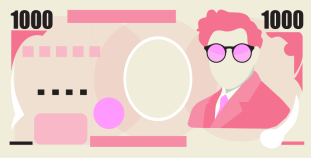

Rosé drinkers spend
more on wine
CGA’s 2024 Wine Influence report suggests that rosé drinkers spend on average £126 a month in the on-trade, £10 more than wine drinkers generally [5]. This is a great reason to think carefully about your rosé range, especially if you’re looking to attract young, affluent customers into your venue as, even though rosé sells well across all UK consumers, they are the most likely to pick pink.
WHAT WE KNOW
ABOUT ROSÉ in


Given the powerful draw of rosé wines for younger wine consumers, it’s crucial to get this category right for any venue looking to attract a youthful crowd. To do this we need to look behind the sales data to understand what is driving the trend and how the UK on-trade can best capitalise on the boom.
OK, IT'S OFFICIAL:
the trend for rosé is here to stay.
Anyone keeping an eye on wine sales in the UK will be aware of the incredible growth in the category since the early 2000s, driven both by increased consumer interest and a growing supply of high-quality pink wines supported by powerful marketing from some of the world’s most recognisable wine brands. According to our partners at PROOF Insight, rosé wine has bucked the trend of other wine categories with significant growth in volume sales across the on-trade [1]
In great news for the industry, rosé drinkers are often recruited from categories other than wine, meaning that rosé sales help to expand the consumer base rather than cannibalise market share of red, white, and sparkling wines [2].
It’s not surprising that young people are particularly drawn to the category [3] as rosé wines frequently have other characteristics that we know appeal to millennial and older Gen Z consumers, like bold and interesting packaging, a perceived value for money (4) not to mention the insta-worthy visual appeal of the wine itself. Check out our page on what young people want from their wine to learn more about what drives young consumers to spend on wine in the on-trade.


